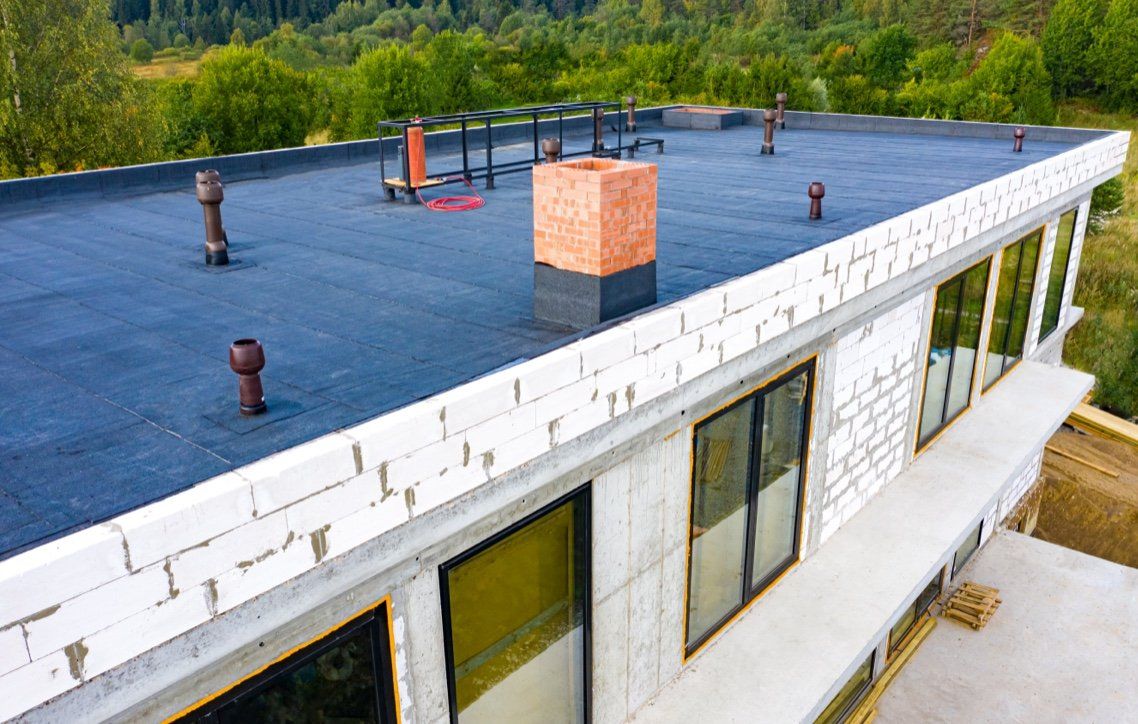Adding a second layer of shingles might seem like a quick fix for roof issues, but is it the best choice for your home? Let’s break down the pros and cons, building code considerations, and expert alternatives.
Cost-Saving vs. Long-Term Risks
Benefits: Layering shingles can save time and money upfront by skipping the labor-intensive process of tearing off the existing layer. It’s a popular option for homeowners on tight budgets.
Cons: While cost-effective upfront, layering shingles can lead to several problems over time, including:
- The additional weight may cause structural issues, including sagging and possible damage to your roof.
- It becomes challenging to identify hidden problems, such as leaks or rotting, which may worsen over time.
- New shingles may have a shorter lifespan because of heat retention and uneven installation caused by the existing layer.
Things to Know About Building Codes When Layering Shingles
Building codes typically limit the number of roofing layers to two. Exceeding this limit could result in legal violations, insurance complications, and safety risks. Always verify local codes and seek expert advice.
Why Weathercraft Advises Against Multiple Layers
Despite the initial appeal, Weathercraft advises against adding another layer of shingles. Here are the reasons why:
- Comprehensive Repairs: Tearing off the existing shingles helps uncover any hidden damage, which can be repaired properly for better long-term roof performance.
- Better Performance: By installing a single layer on a clean surface, new shingles adhere better and perform optimally over time.
- Sleeker Appearance: Single-layer installations lay flatter and look more polished.
Other Budget-Friendly Roofing Options
If cost is a concern, here are some alternatives to layering shingles:
- Address Specific Problems Rather Than Replacing the Entire Roof: Address specific problem areas rather than redoing the entire roof.
- Energy-Efficient Options: Energy-efficient shingles offer long-term savings by reducing heating and cooling costs.
- Flexible Financing Plans: Weathercraft provides financing solutions to help homeowners manage the cost of roof replacement.
